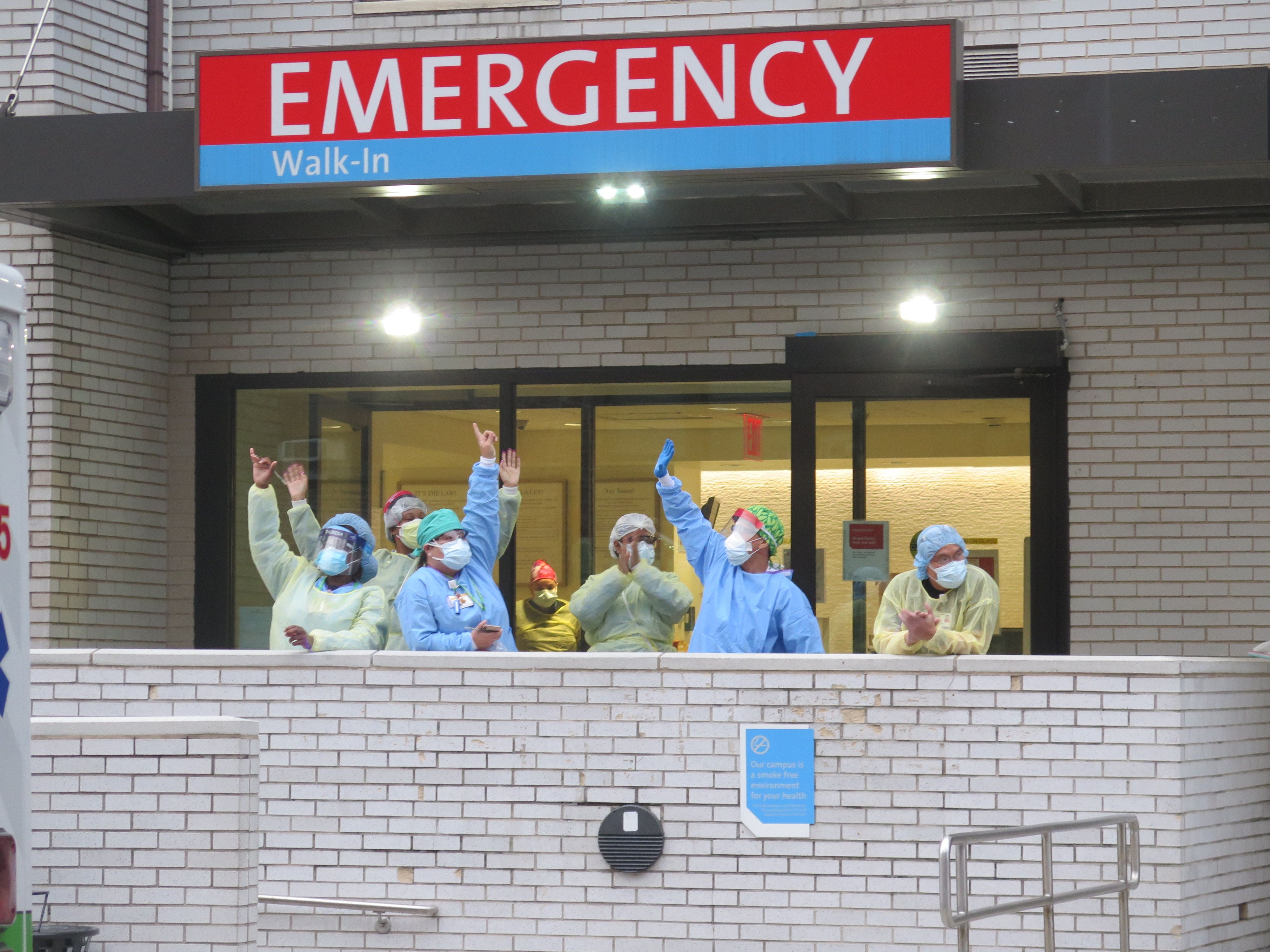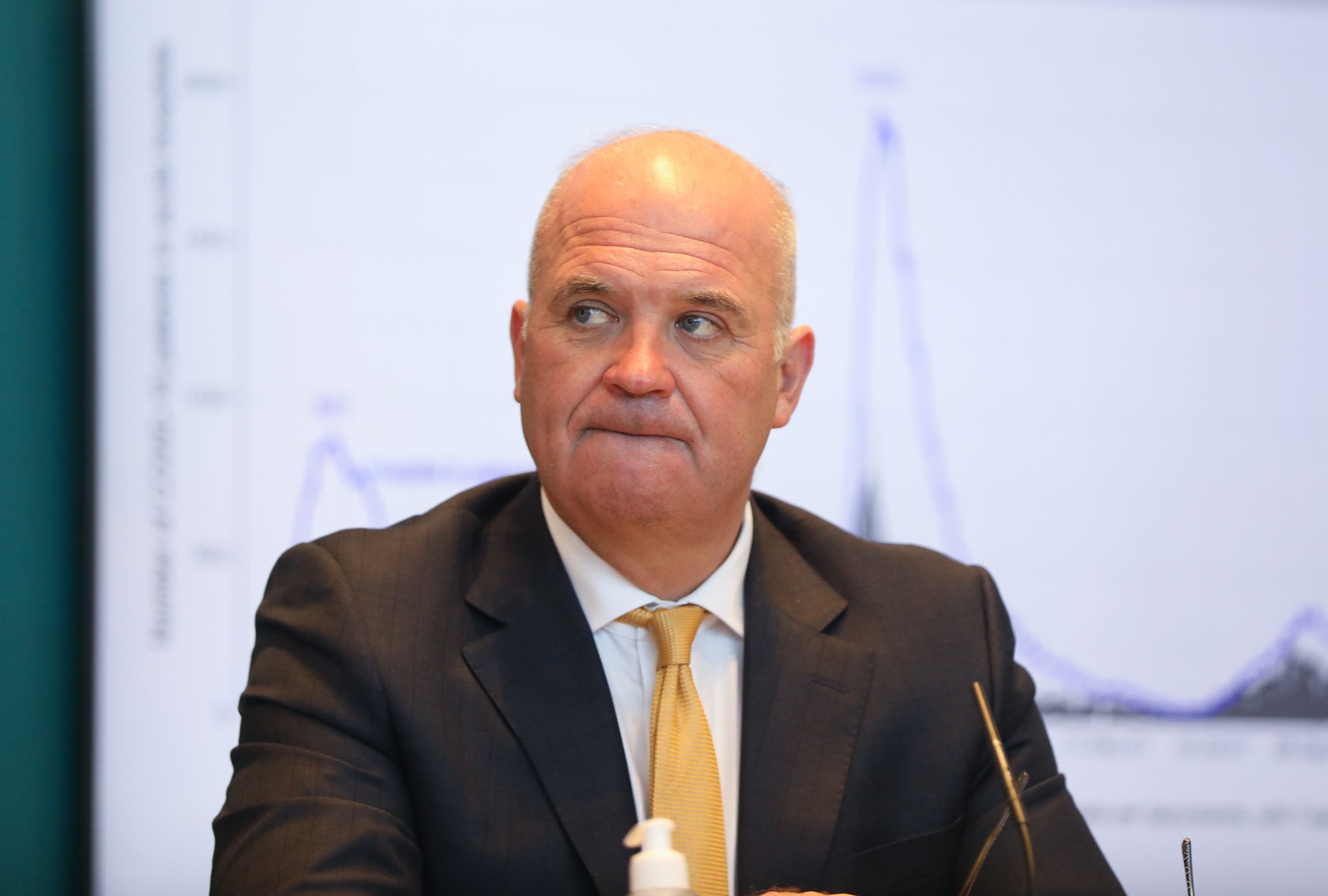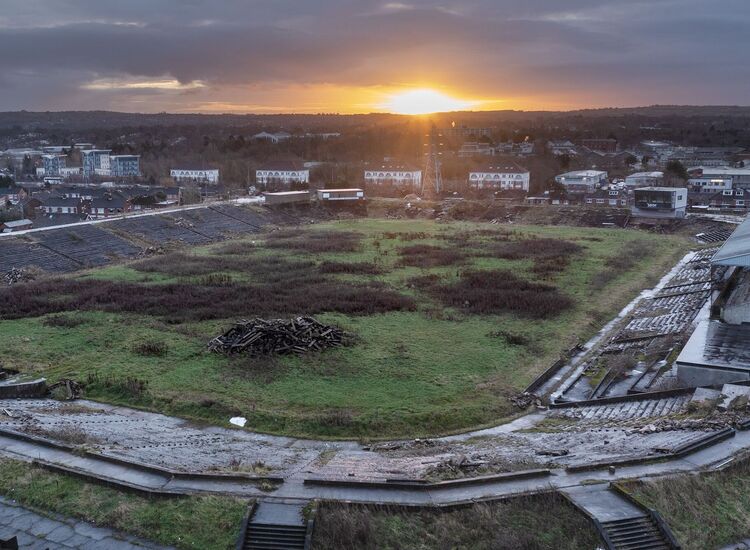The Republic of Ireland had an excess mortality rate of 12.5 per 100,000 people during 2020 and 2021, according to a major global study in the Lancet. The figure stands in sharp contrast to 131.8 for Northern Ireland, 125.8 for England, 130.8 for Scotland and 135.5 for Wales.
“Although reported COVID-19 deaths between Jan. 1, 2020, and Dec 31, 2021, totaled 5·94 million worldwide, we estimate that 18·2 million (95% uncertainty interval 17·1–19·6) people died worldwide because of the COVID-19 pandemic (as measured by excess mortality) over that period,” the Lancet study said.
“The global all-age rate of excess mortality due to the COVID-19 pandemic was 120·3 deaths (113·1–129·3) per 100,000 of the population, and excess mortality rate exceeded 300 deaths per 100,000 of the population in 21 countries.”
The U.S. figure is 179.3, with the state of New York, in the eye of the hurricane in the spring of 2020, at 204.8. Many states in the various regions of the country have caught up and surpassed the Empire State, such as Mississippi, 329·7, West Virginia, 278·4, and Wyoming, 197·9.
The Irish figure is only bettered in Europe by Norway, 7.2, and Iceland, −47·8. A negative rating, as reported also for Australia and New Zealand, is explained by the reduction in other forms of disease-related deaths, such as from the flu and respiratory illnesses, and a decline in accidents due to people not being out during lockdown.
The 24,000-word article in the Lancet, the peer-reviewed medical journal founded in London in 1823, didn’t make much of a splash when it was published on March 10, but it was mentioned in two rather different contexts in recent days — an Irish Times political column on Friday and a news analysis report in Saturday’s New York Times, and it is likely to be an important part of the discussion going forward.

New Yorkers showed their appreciation to health-care workers by cheering and applauding from rooftops, apartment windows and sidewalks each evening at 7 p.m. in the spring and early summer of 2020. Here on one Saturday evening in April, workers at Long Island Jewish Forest Hills in Queens acknowledged expressions of gratitude. [Photo by Peter McDermott]
The first, by political writer Stephen Collins, praised Dr. Tony Holohan, who’d been at the center of a media and political storm. Another Irish Times piece a few days back attempted to explain the “hullabaloo” surrounding Holohan: “Nobody objected to his new job. When it was announced that the chief medical officer would become professor of public health strategy at Trinity College Dublin, there was almost universal welcome for his new role. The problem revolved around the deal that was struck, and also about governance and transparency.”
It added that that deal was “highly unusual” in certain respects.
But Collins tried to put some perspective on the controversy, what he called a “mountain being made out of a molehill,” by referring to the lack of ink given to the Lancet report (officially titled “Estimating excess mortality due to the COVID-19 pandemic: a systematic analysis of COVID-19-related mortality, 2020–21”) with its contention that the UK had has excess mortality rates 10 times higher than that of the Republic of Ireland during the pandemic.
“Right from the start of the pandemic, Holohan established himself as a figure of trust and authority,” the columnist wrote.
The New York Times piece was headlined “India Is Stalling the W.H.O.’s Efforts to Make Global Covid Death Toll Public.”
“An ambitious effort by the World Health Organization to calculate the global death toll from the coronavirus pandemic,” it began, “has found that vastly more people died than previously believed — a total of about 15 million by the end of 2021, more than double the official total of six million reported by countries individually.
“But the release of the staggering estimate — the result of more than a year of research and analysis by experts around the world and the most comprehensive look at the lethality of the pandemic to date — has been delayed for months because of objections from India, which disputes the calculation of how many of its citizens died and has tried to keep it from becoming public.
“More than a third of the additional nine million deaths are estimated to have occurred in India, where the government of Prime Minister Narendra Modi has stood by its own count of about 520,000.”
Later it adds, “India’s work on vaccination has won praise from experts globally, but its public health response to Covid has been criticized for overconfidence. Mr. Modi boasted in January 2021 that India had ‘saved humanity from a big disaster.’ A couple of months later, his health minister declared that the country was ‘in the endgame of Covid-19.' Complacency set in, leading to missteps and attempts by officials to silence critical voices within elite institutions
“Then, in April 2021, a devastating second wave hit. Hospitals had to turn patients away and oxygen ran out.”
The Times said that science in India had become “increasingly politicized” during the pandemic, and that the government had questioned a recent study in the journal Science that said the actual number of Covid deaths was seven to eight times the official toll and Indian officials also criticized the Lancet’s estimate of 4 million deaths for the country as a whole.
Bhramar Mukherjee, a professor of biostatistics at the University of Michigan School of Public Health who has been working with the W.H.O. to review the data, told the Times, “Personally, I have always felt that science has to be responded with science. If you have an alternative estimate, which is through rigorous science, you should just produce it. You cannot just say, ‘I am not going to accept it.’”
The Times article said that Russia reported 300,000 Covid deaths by the end of 2021. “But the Russian national statistics agency that is fairly independent of the government found excess mortality of more than one million people — a figure that is reportedly close to the one in the W.H.O. draft. Russia has objected to that number, but it has made no effort to stall the release of the data, members of the group said.”
As for Ireland, Collins said, “As well as reflecting well on the leadership given by Holohan and the Government, the [Lancet] survey is a great reflection on the Health Service Executive.”
He continued, “Far from being a ‘third world’ health service as so often stated by glib commentators it’s actually one of the best in the world.”
This last claim is a bit of a stretch and against the spirit of the task of getting to the bottom of why any given country performed as it did. (Holohan is to retire from the civil service, as it happens, and has withdrawn from consideration for the Trinity post, which reportedly had a promise of €20 million over a period of 10 years for research into public-health provision.)
It’s notable that parts of West Africa have fared better than Western Europe, for instance, and despite the dire news about India, its excess mortality rate (152.5 per 100,000) was still somewhat better in 2020 and 2021 than that of the U.S., in the Lancet’s estimation.
There will be much to analyze and discuss in the coming months and years, but for now many will agree with the summation of a close relative of mine back home in Dublin: “Good performance by Ireland…tough work doing it!”








